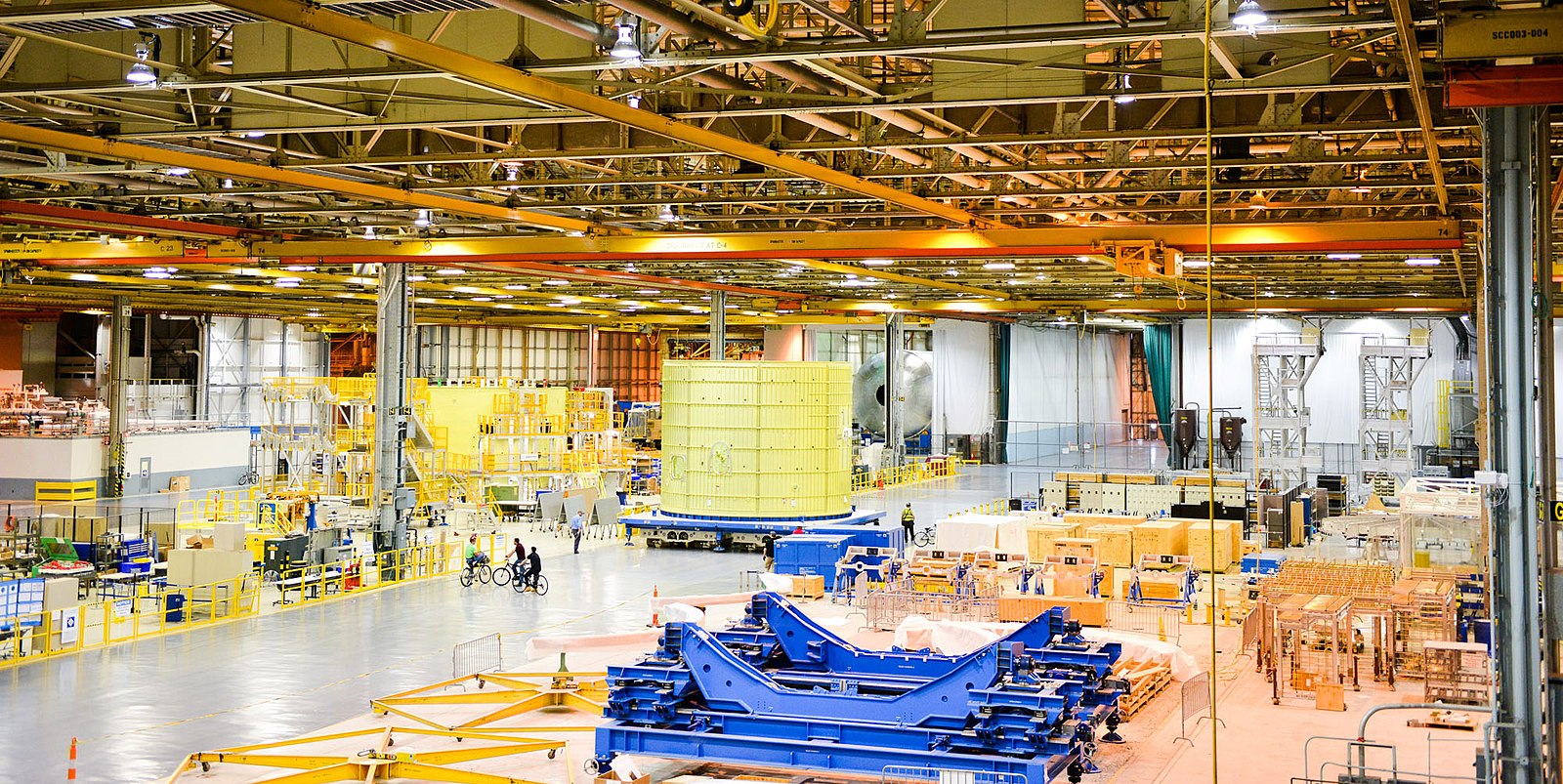Comments
- No comments found

A New York Times column recently explored the deviation of high job numbers and low economic output.
There was a striking paragraph in the article that stated that, “strong demand for workers ‘has forced us to bring less productive workers that in normal circumstances would not be active or employed,’ Diego Comin, a Dartmouth College economist who studies productivity, wrote in an email. ‘My 15-year-old, who is all but productive, keeps getting job offers in the service sector that seem appealing even to me.’”
The report said that people laid off in “low wage roles during the pandemic are back to work, making productivity growth slow or negative.”
The problem with labor productivity — output per hour — is not the workers or the pay, but the sectors and the roles.
There was a recent report on Bloomberg that the United States is having a factory boom: more factories, more productivity.
The problem of low productivity is in part, the disequilibrium between the manufacturing economy and the service economy. There are lots of manufacturing jobs moved offshore because of lower minimum wage rates, but the challenge is how can pay be competitive enough so that productivity is high, with low labor costs.
Those who would not be ‘active or employed’ can be hired in a lower tier model, where they can earn about half the minimum wage, to work for just 2-hours per stretch.
What this means is that the pay is still low, but the working hours are short enough to feel fairly fair, or not demand more than can be offered, with resumption energy close to intact, away from long-hours fatigue.
The Bloomberg report noted that “construction of new manufacturing facilities in the US has soared 116% over the past year, dwarfing the 10% gain on all building projects combined, according to Dodge Construction Network.”
If the boom finds a way with cheaper labor costs, it could become an enduring permanence in making things and standing against supply shortages that may occur in future.
There is a report on The Register about the shortage of electronics engineers in the semiconductor industry. Major sector players—opening up fabrication plants to be active in a few years, are seeking to train or prospect for electronics engineers.
School is a pipeline, but tier work also applies. There could also be one supervisor or a few for tens of lower tier workers with a track to become second or first tier in the future.
There would still be people hired higher, but the lower tier workers would become a major labor surplus approach in a win-win, towards better outputs.
Leave your comments
Post comment as a guest